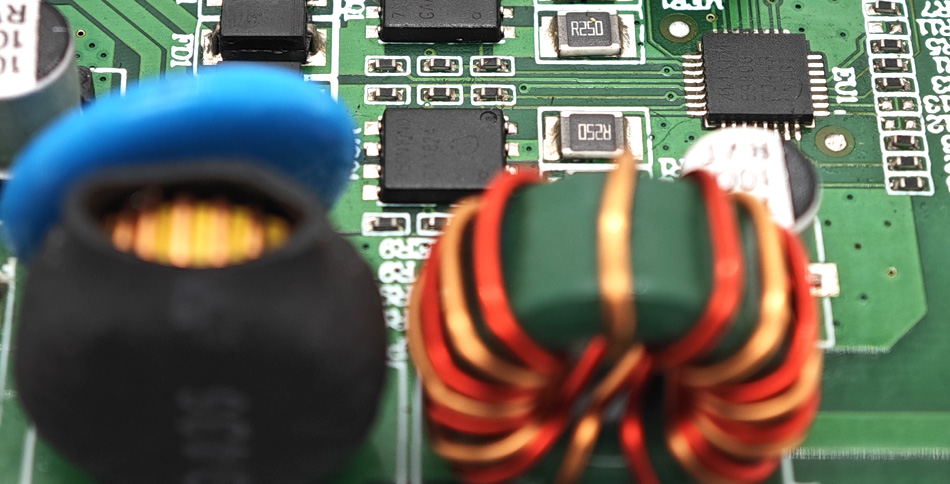- English
- Español
- Português
- русский
- Français
- 日本語
- Deutsch
- tiếng Việt
- Italiano
- Nederlands
- ภาษาไทย
- Polski
- 한국어
- Svenska
- magyar
- Malay
- বাংলা ভাষার
- Dansk
- Suomi
- हिन्दी
- Pilipino
- Türkçe
- Gaeilge
- العربية
- Indonesia
- Norsk
- تمل
- český
- ελληνικά
- український
- Javanese
- فارسی
- தமிழ்
- తెలుగు
- नेपाली
- Burmese
- български
- ລາວ
- Latine
- Қазақша
- Euskal
- Azərbaycan
- Slovenský jazyk
- Македонски
- Lietuvos
- Eesti Keel
- Română
- Slovenski
- मराठी
- Srpski језик
PCBA design and DFM (Design for Manufacturability) principles
PCBA design is closely related to the DFM (Design for Manufacturability) principle, which focuses on considering the feasibility of the manufacturing process during the PCBA design stage to ensure that the product can be produced efficiently and with high quality. Here are some key aspects of applying DFM principles in PCBA design:

1. Part selection and layout:
Selection of standard components: Prioritize the selection of standard components that are already widely used in the market to ensure supply stability and availability.
Layout optimization: Properly plan the layout of components on the circuit board to minimize line length, reduce crosstalk and improve signal integrity. Make sure there is sufficient distance between components to allow for easy installation and maintenance.
2. Material and process selection:
Material availability: Choose materials that are easily available to avoid delays and supply chain issues.
Manufacturing process: Understand and consider the processes used in PCBA manufacturing and ensure that the design meets the requirements of these processes.
3. Soldering and assembly:
Soldering Standards: Design soldering connections to comply with standards, ensuring solder joint quality and reliability. Avoid excessive soldering and assembly steps.
Ease of assembly: Consider convenience during assembly, such as positioning marks for components, guide holes, and orientation of components.
4. Heat dissipation and thermal management:
Thermal design: Consider thermal needs during the design phase, including the layout and size of heat sinks, heat sinks, and fans.
Thermal Interface Materials: Select appropriate thermal interface materials to increase heat transfer efficiency.
5. Testing and Quality Control:
Test points and interfaces: Design test points and interfaces for testing and diagnostics to quickly identify and resolve issues.
Quality Control Standards: Ensure that quality control standards and methods are included in the design to reduce manufacturing defects.
6. Environmental friendliness:
Material selection: Choose environmentally friendly materials, avoid the use of restricted substances, and comply with regulations such as RoHS and REACH.
Energy-saving design: Optimize the power consumption of circuits and components to improve the energy efficiency of products.
7. Maintenance and serviceability:
Maintainability design: Consider the maintainability of the product, including ease of repair, replacement, and upgrades.
The application of DFM principles helps reduce manufacturing costs, improve production efficiency and product quality, and reduce the need for later modifications and repairs. It also helps ensure the competitiveness and sustainability of the product in the market. Close collaboration with manufacturers and suppliers during the PCBA design process is also key to the successful application of DfM principles to ensure that the design meets the actual needs and constraints of manufacturing.
Send Inquiry
-
Delivery Service






-
Payment Options









